Rendez-vous avec l’Asie offers 100% customized private tours of South Korea. If you don’t find the trip you’re looking for on our website, please contact us for a customized quote.
South Korea has captivated minds only in recent years, particularly with the rise of the Hallyu wave. Whether you’re a fan of K-pop, K-dramas, K-food, or simply curious about exploring a new Asian culture, South Korea will surprise you. Seoul, the vibrant capital, dazzles with its frenetic energy and lively urban scene. Jeju Island, bathed in the splendor of the ocean, enchants with its tranquility and breathtaking landscapes. Busan, on the other hand, is a bit of a mix between Seoul and Jeju, where urban energy meets ocean waves. Each city in Korea has its own identity. Come and discover the dazzling diversity of South Korea, where the ancient and the modern harmoniously converge on lands that captivate and inspire. It’s a unique travel experience at the heart of a nation that embodies elegance, vitality, and passion.
A bit of geography
South Korea has a total area of approximately 100,210 square kilometers, which is only one-fifth of the size of France.
The country shares a land border with North Korea to the north. To the west, it is bordered by the Yellow Sea, to the east by the Sea of Japan (East Sea), and to the south by the East China Sea.
In terms of topography, the country is characterized by mountains and hills. The Taebaek mountain range runs along the eastern coast, while the Sobaek mountain range cuts across the central part of the country.
The population of South Korea is around 51 million people, according to the most recent estimates. Seoul, the capital, is home to over 9 million people in the city itself, and the Seoul metropolitan area, which includes several adjacent cities and districts, has a population of over 25 million.
Weatherwise,
The country has a temperate climate with four distinct seasons. Winters are cold and dry (in Seoul, average temperatures in winter typically range between -6°C and 3°C in January, the coldest month), springs and autumns are mild (averaging around 15°C), while summers are hot and humid (between 24°C and 31°C).
Each season in South Korea offers a unique spectacle.
 Spring and autumn are generally the most popular seasons (pleasant in terms of temperatures).
Spring and autumn are generally the most popular seasons (pleasant in terms of temperatures).
Spring is characterized by longer days with a milder atmosphere after the colder winter months. Fully bloomed cherry blossoms create pink and white canopies that enchant streets and parks. The mild temperatures bring a refreshing atmosphere, encouraging people to go outdoors and enjoy nature. Plum and magnolia blossom fields add to the floral diversity, while national parks and mountains transform into lush green landscapes. Local markets offer an abundance of fresh spring produce, and traditional and modern festivals celebrate the season.
Autumn, on the other hand, showcases warm and vibrant colors and is a time for festivals and outdoor activities. Mountains, national parks, and forests turn into a dazzling array of colors, providing breathtaking landscapes. Rivers and lakes reflect the crystal-clear blue sky, accentuating the autumn beauty. The air becomes cooler, but the atmosphere remains warm, creating a period where tranquility and serenity blend with the splendor of autumn colors in South Korea.
Winter also offers a unique visual and sensory experience, where nature and culture come together to create a cold yet warm beauty. Mountains are adorned with a sparkling blanket of snow, creating a majestic and peaceful landscape. In cities, the sparkling lights of Christmas decorations contrast with the pristine white ground.
Summer brings sunny days and warm nights. Fine sandy beaches attract vacationers seeking refreshment and relaxation. Water parks and summer festivals add a playful touch to the season, offering refreshing entertainment for residents and visitors alike. Night markets offer a variety of enticing summer dishes. Although temperatures can be high, summer in South Korea brings a celebratory atmosphere and vitality, where people fully enjoy the pleasures of the season. There is also a monsoon season during the summer months, typically from June to August. This period is characterized by heavy rains, frequent showers, and high humidity.
A bit of history
The Korean Peninsula has witnessed various kingdoms and dynasties over the centuries, with the Joseon Dynasty reigning for nearly five centuries until the late 19th century. In the 20th century, Korea was colonized by Japan from 1910 to 1945. At the end of World War II, Korea was divided along the 38th parallel, giving rise to the Republic of Korea in the south. In 1950, the Korean War broke out between the North and the South, ending in a ceasefire in 1953. Since then, South Korea has experienced remarkable economic growth, becoming one of the most advanced economies in the world, while maintaining a rich traditional culture.
What to visit during a trip to South Korea
Suwon, the Royal Gem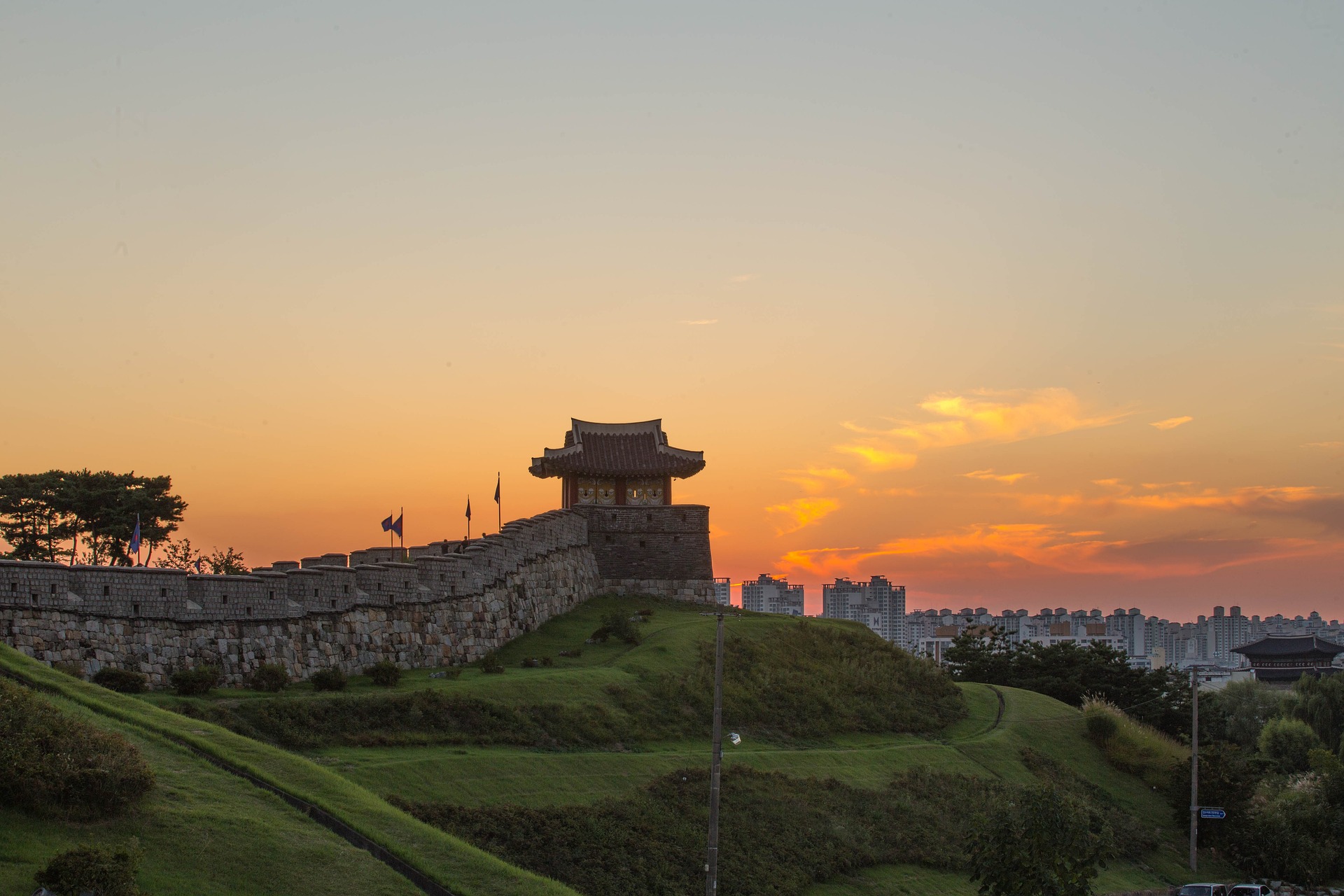
Busan, the City of the Sea
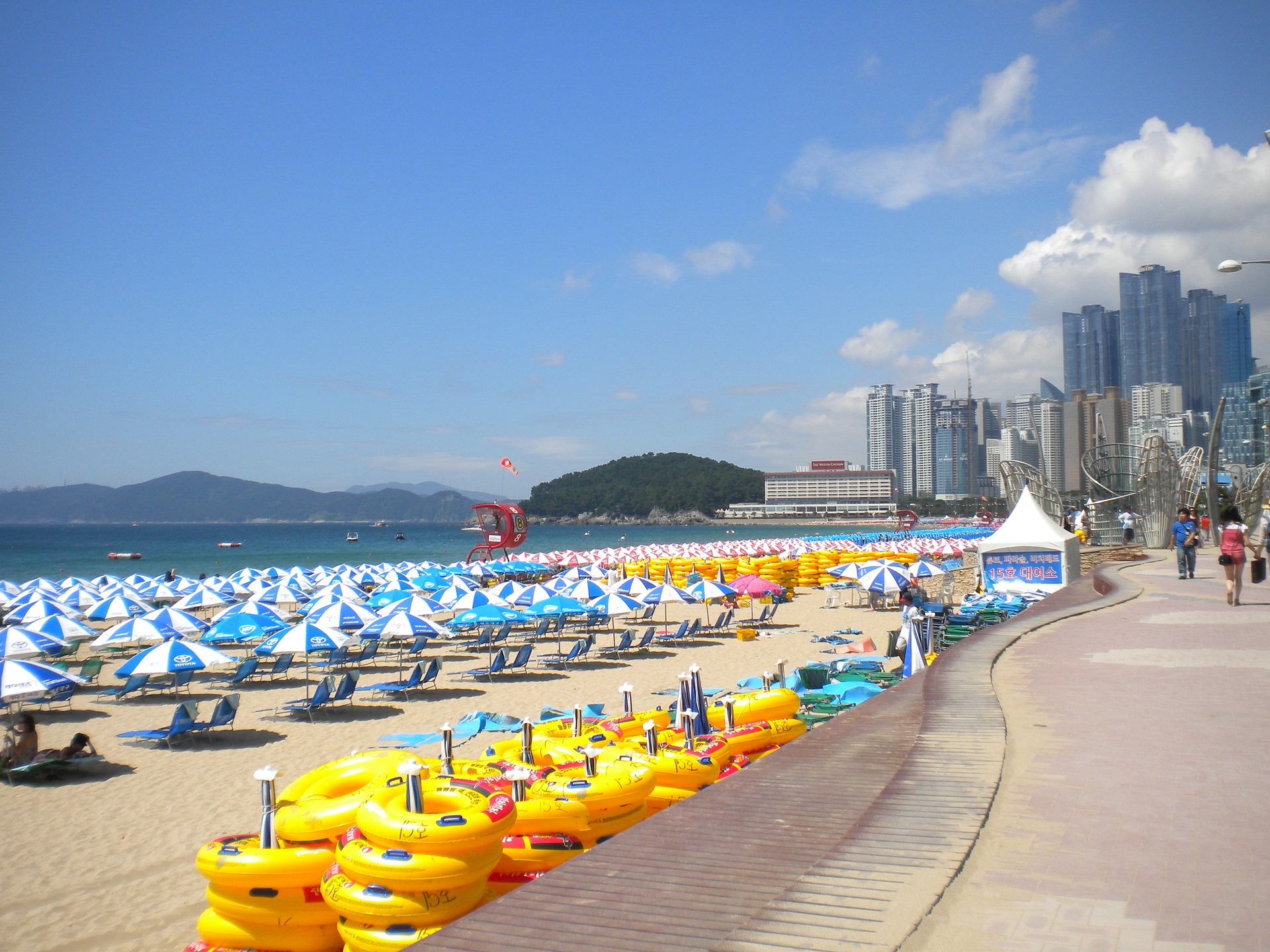 Just a 2-hour train ride from Seoul, Busan stands as South Korea’s second-largest city. Nestled along the southeast coast, the city gracefully sprawls between lush mountains and the sparkling waters of the East Sea. Haeundae, one of the city’s most famous beaches, lures visitors with its golden sands, crystal-clear waters, and panoramic views of the maritime horizon. The renowned Jagalchi Market, one of Korea’s largest fish markets, invites visitors to explore its vibrant stalls, providing a lively glimpse into Busan’s maritime culture. The winding alleys of Gamcheon Culture Village add an artistic touch to the city, with brightly colored houses perched on hills, creating a picturesque scene perfect for ‘instagram’ photos. Additionally, the warm-hearted locals of Busan, known for their distinctive accent and hospitality, contribute to the city’s welcoming atmosphere. The local cuisine, featuring fresh seafood, spicy dishes, and unique flavors, offers an unforgettable gastronomic experience.
Just a 2-hour train ride from Seoul, Busan stands as South Korea’s second-largest city. Nestled along the southeast coast, the city gracefully sprawls between lush mountains and the sparkling waters of the East Sea. Haeundae, one of the city’s most famous beaches, lures visitors with its golden sands, crystal-clear waters, and panoramic views of the maritime horizon. The renowned Jagalchi Market, one of Korea’s largest fish markets, invites visitors to explore its vibrant stalls, providing a lively glimpse into Busan’s maritime culture. The winding alleys of Gamcheon Culture Village add an artistic touch to the city, with brightly colored houses perched on hills, creating a picturesque scene perfect for ‘instagram’ photos. Additionally, the warm-hearted locals of Busan, known for their distinctive accent and hospitality, contribute to the city’s welcoming atmosphere. The local cuisine, featuring fresh seafood, spicy dishes, and unique flavors, offers an unforgettable gastronomic experience.Jeju Island, the island of the Gods
This island, located in the southern part of the country, earns its nickname due to its spectacular natural landscapes, idyllic beaches, majestic volcanoes, and unique culture. Mount Hallasan, an extinct volcano dominating the island’s center, is an ideal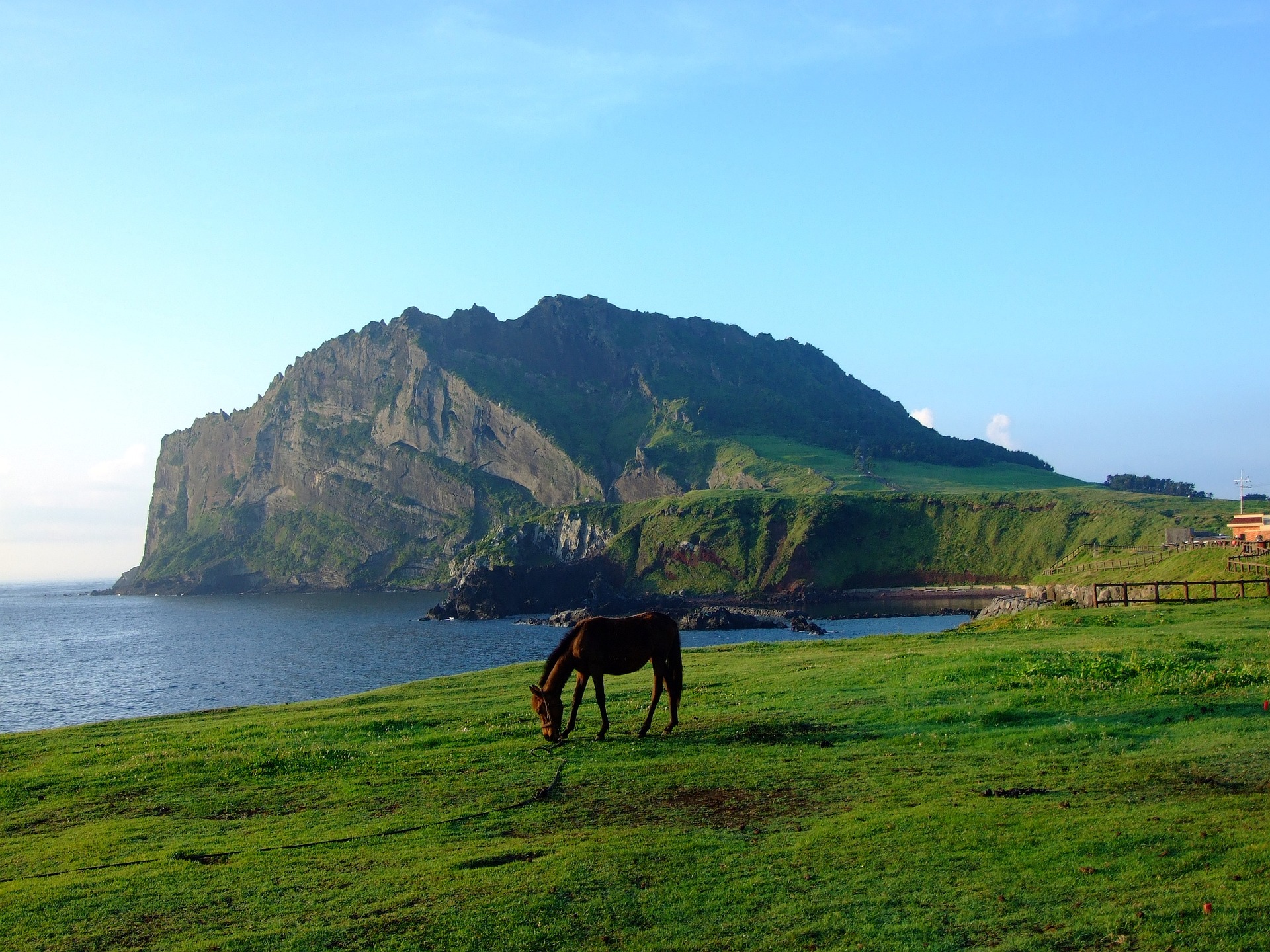 destination for hiking enthusiasts. Trails wind through lush forests, refreshing waterfalls, and green meadows. For those less experienced, Seongsan Ilchulbong, a volcanic cone, provides a perfect platform to witness the spectacular sunset. Fine sandy beaches, bordered by the turquoise waters of the sea, add a touch of tropical beauty to the island. Spectacular rock formations, such as the stone “diving women” bear witness to Jeju’s geological history and add a fascinating cultural dimension. Speaking of the diving women, it is impossible to visit Jeju without learning more about the “haenyeos” these divers who collect seafood without the aid of modern diving equipment and are a source of pride for the island. There’s so much to discover on this island with its multiple charms. Don’t forget to taste the famous Jeju tangerines, known as “hallabong” in Korean, and the black pork, specialties of the island.
destination for hiking enthusiasts. Trails wind through lush forests, refreshing waterfalls, and green meadows. For those less experienced, Seongsan Ilchulbong, a volcanic cone, provides a perfect platform to witness the spectacular sunset. Fine sandy beaches, bordered by the turquoise waters of the sea, add a touch of tropical beauty to the island. Spectacular rock formations, such as the stone “diving women” bear witness to Jeju’s geological history and add a fascinating cultural dimension. Speaking of the diving women, it is impossible to visit Jeju without learning more about the “haenyeos” these divers who collect seafood without the aid of modern diving equipment and are a source of pride for the island. There’s so much to discover on this island with its multiple charms. Don’t forget to taste the famous Jeju tangerines, known as “hallabong” in Korean, and the black pork, specialties of the island.
As you can read, South Korea is a fascinating country to discover, with its cities steeped in history and breathtaking natural landscapes.
Explore other cities like Jeonju, Gyeongju, Gangneung, and more, depending on the type of journey you envision. Everything is possible, so pack your bags and book your days off because we invite you to join our journey to South Korea! With our team of local guides, uncover the secrets of the Korean peninsula!

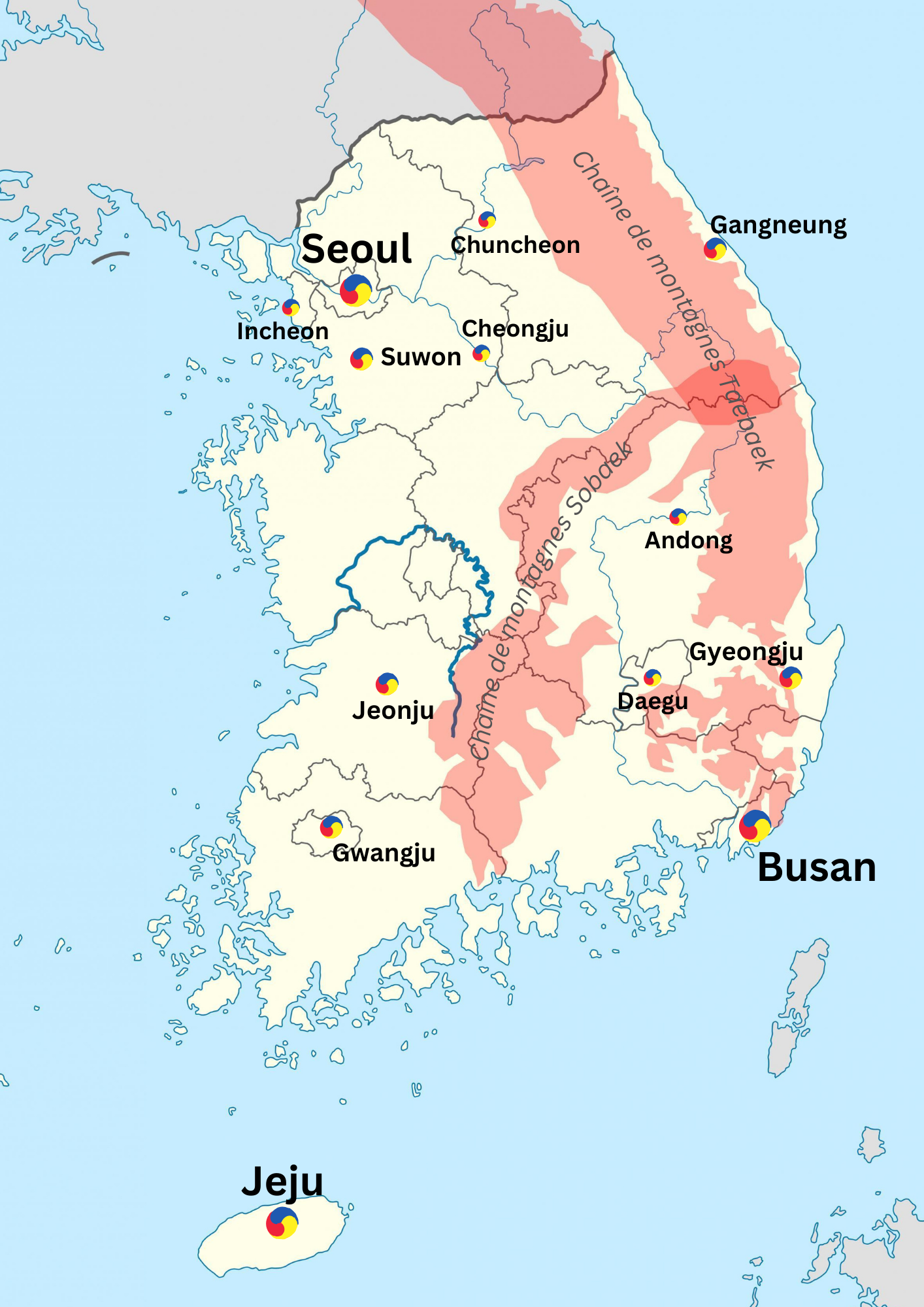
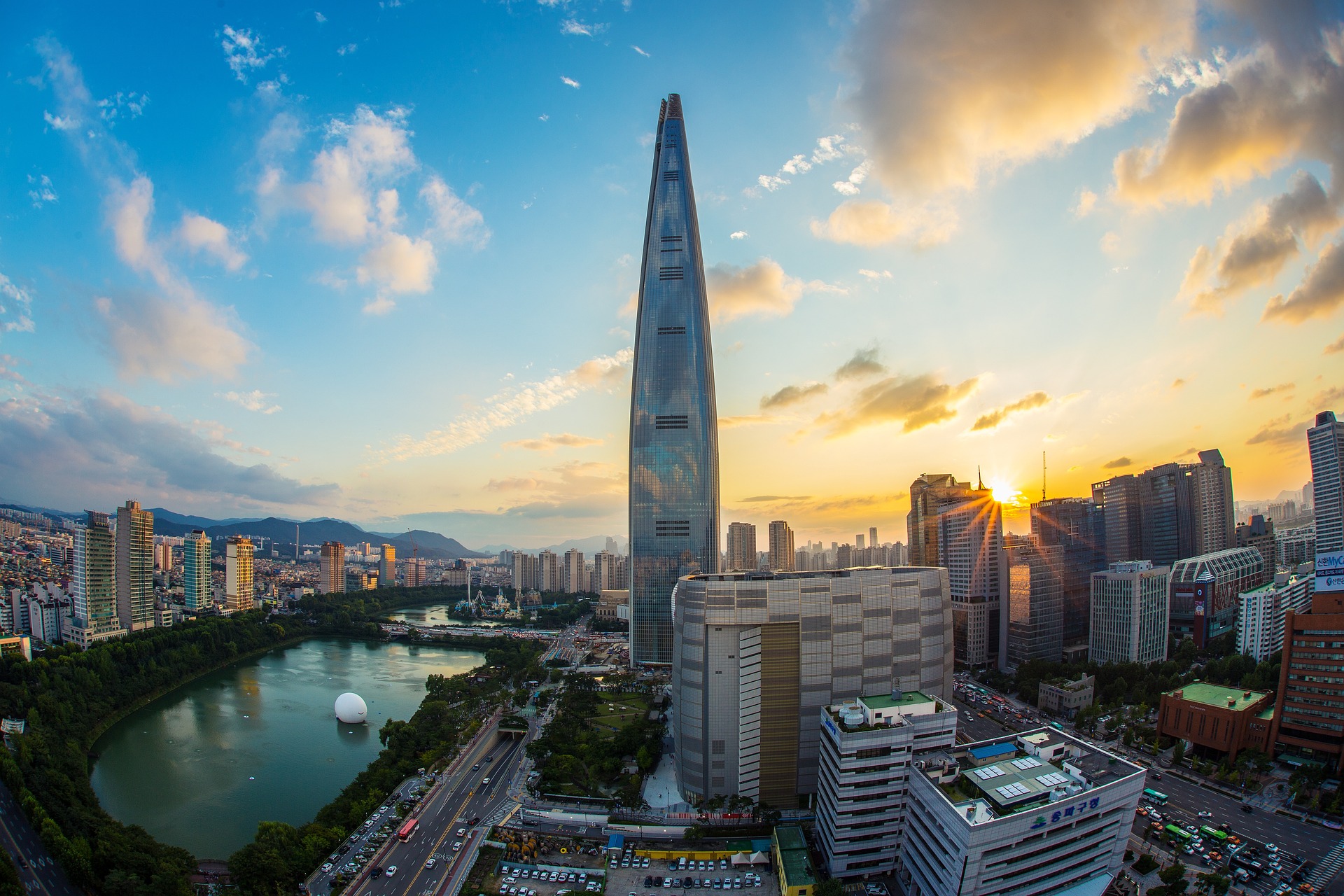 It is impossible to visit South Korea without spending a few days in the capital. This dynamic metropolis offers a captivating spectacle where gleaming skyscrapers coexist with historic palaces and traditional markets. Seoul, with its young and energetic population, breathes creativity and innovation, embodied by its ultramodern districts like Gangnam and cutting-edge technological centers. The city is also a stronghold of Korean culture, housing architectural treasures such as Gyeongbokgung Palace and Namdaemun Gate. The bustling streets of Myeongdong, Dongdaemun, and Hongdae provide an unparalleled shopping and gastronomic experience, where Korean cuisine delights palates worldwide. There are always places to discover, activities to do. In short, one never gets bored in this captivating city.
It is impossible to visit South Korea without spending a few days in the capital. This dynamic metropolis offers a captivating spectacle where gleaming skyscrapers coexist with historic palaces and traditional markets. Seoul, with its young and energetic population, breathes creativity and innovation, embodied by its ultramodern districts like Gangnam and cutting-edge technological centers. The city is also a stronghold of Korean culture, housing architectural treasures such as Gyeongbokgung Palace and Namdaemun Gate. The bustling streets of Myeongdong, Dongdaemun, and Hongdae provide an unparalleled shopping and gastronomic experience, where Korean cuisine delights palates worldwide. There are always places to discover, activities to do. In short, one never gets bored in this captivating city.